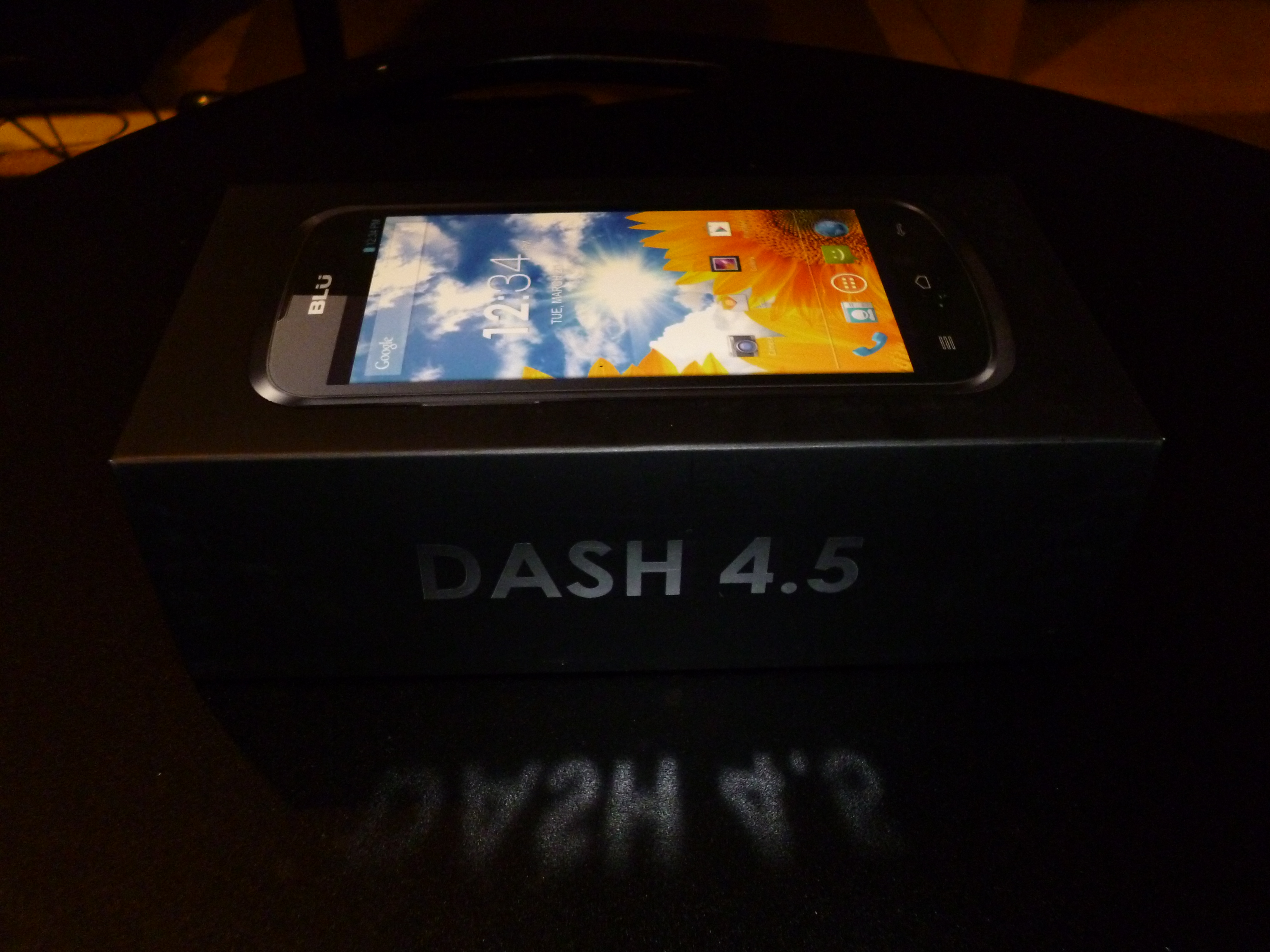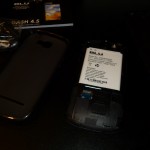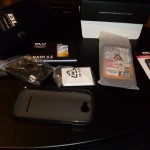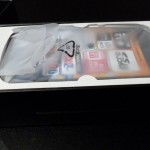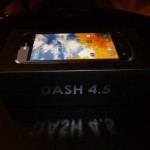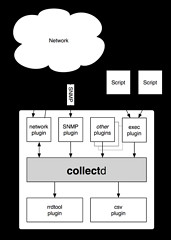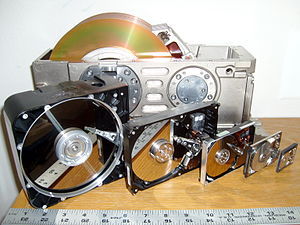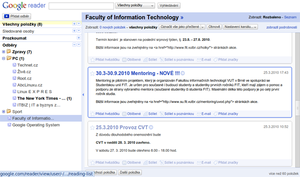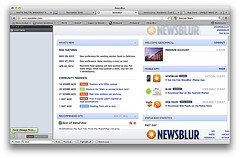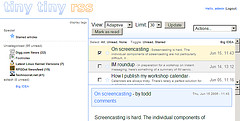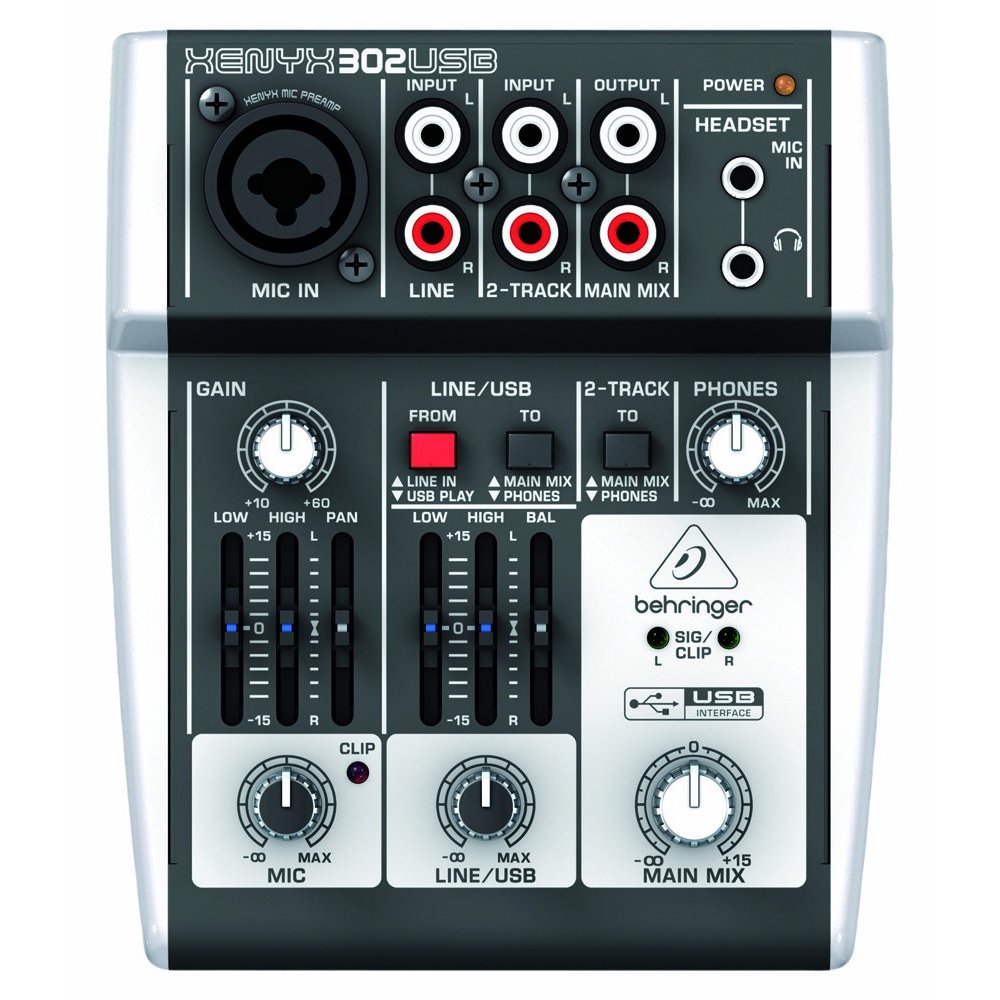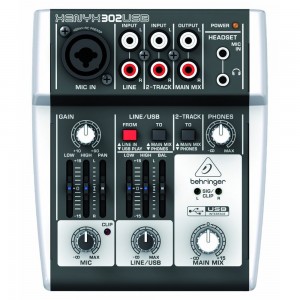I don’t normally do cell phone reviews. But, when I was looking, the Blu line of products seems to be underreviewed. Many of the news sources that mention Blu seem to be merely quoting their press release. Few reviews of the actual product.
Blu, which is a Miami based company, has been in business since 2009 and makes a variety of phones whose specifications are on par with those made by the better known manufacturers, but whose prices are well below. The company sells phones primarily in Latin America. In the U.S., you’ll find them on online retailers such as Amazon and Newegg.
The Blu Dash 4.5 runs near stock 4.2 Jellybean. It has 4GB of internal storage, and 512mb of RAM. It has, as the name suggests, a 4.5″ TFT LCD screen with 480×854 resolution. The processor is a Mediatek Quad-Core 1.2 Ghz. It comes with a screen protector, charger, and case.
It comes in 2 variants. 850/1900 and 850/2100, HSPA+ 21Mbps.
So, those are the specs. The design is fairly standard. It has three hardware buttons…Back, Menu, and Home. The oddest thing about it is the fact that the charging port is on the top, next to the headphone jack.
For a budget phone, it is great. The phone isn’t as powerful as some, and that shows, but for most functions, it is more than adequate. As I write this, I’ve only used it over a weekend, and I plan to give it a few more days.
So far, it has performed all of the functions I would normally do with a phone. I rarely watch video on my phone, but aside from some issues with audio sync at resolutions higher than the screen resolution, it did it all.
Each year, the phones get bigger, the screen resolution gets higher, the processor gets faster, and so on. There are phones with higher specifications, even ones from Blu, but from the looks of it, these are value products.
There is one more aspect of the phone…reception. This is the hardest one. I’m a Verizon customer primarily. I bought a T-Mobile prepaid SIM for testing. T-Mobile uses the 1900MHz spectrum for its GSM service, and is moving its HSPA+ to this frequency. Its HSPA+ network is mostly on the 1700MHz band, which the phone doesn’t support. But since New York City, where I live has mostly been moved, I’ve gotten consistent service at 3G speeds. But, lacking another phone to compare it to, I may not be able to best evaluate this.
Will follow up after more time with the phone.
